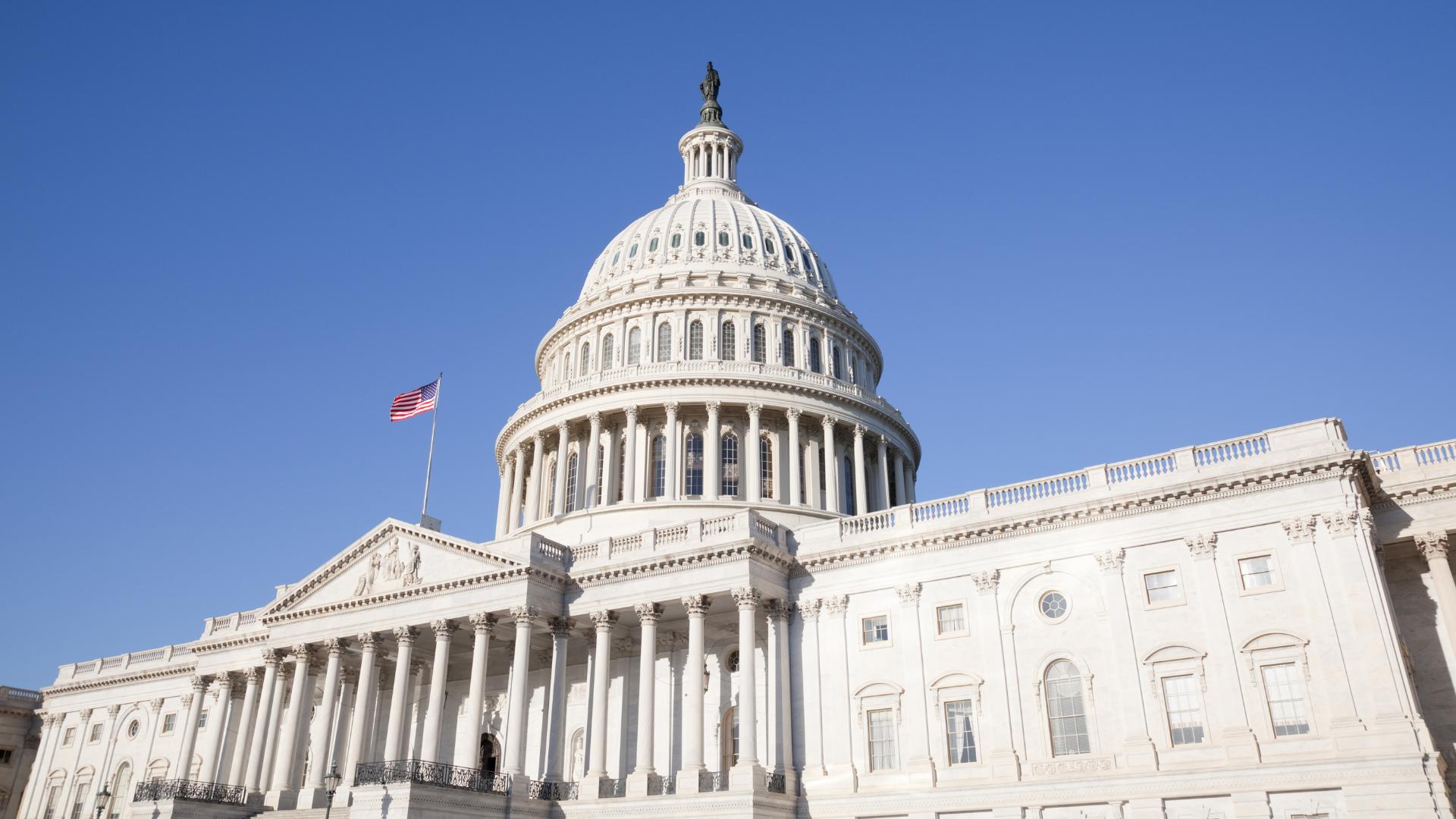Is The United States a Democracy or a Republic? The Answer is Yes.

The question of whether the United States is a democracy or a republic is a common topic of debate, often sparking heated discussions. While proponents of the caucus-convention system argue that the U.S. is fundamentally a republic, meaning elections should be governed by a select few, this interpretation only captures part of the story. In reality, the United States is a democratic republic, a system that emphasizes governance by the people and for the people, blending elements of both democracy and republicanism.
The Republic Argument
Advocates of the caucus-convention system often highlight the United States’ identity as a republic. This perspective draws from the country’s founding principles, which aimed to balance the will of the majority with the protection of individual rights. In a republic, elected representatives make decisions on behalf of their constituents, ideally ensuring that all voices are heard through a structured process. This structure is intended to prevent the tyranny of the majority and to safeguard minority rights, as the Founding Fathers were wary of direct democracy leading to mob rule.
The caucus-convention system reflects this republican philosophy by entrusting the nomination process to a smaller, more informed group of delegates. These delegates are believed to possess a deeper understanding of the candidates and issues, allowing them to make more informed decisions than the general electorate might. Proponents argue that this system ensures more thoughtful and deliberate candidate selection, maintaining the integrity of the republic.
The Democratic Republic
The notion that the United States is solely a republic overlooks the democratic elements enshrined in its Constitution. The United States is, in fact, a democratic republic, combining elements of democracy with republican governments. This hybrid system ensures that while elected representatives govern on behalf of the people, the ultimate power rests with the people.
The Constitution establishes a framework that balances both democratic and republican ideals. The House of Representatives, for instance, is designed to be the most democratic institution, with members elected directly by the people every two years. This frequent election cycle ensures that representatives remain accountable to their constituents.
On the other hand, the Senate was originally structured to represent state interests, with Senators being chosen by state legislatures and governors until the 17th Amendment mandated their direct election. This shift towards greater democracy reflects the evolving understanding that governance should be more directly responsive to the will of the people.
Moreover, the presidential election process, through the Electoral College, embodies both democratic and republican principles. While the popular vote indicates the preference of the electorate, the Electoral College system ensures that smaller states retain a significant voice in the election, preventing domination by more populous states.
The Case Against the Caucus-Convention System
While the caucus-convention system may appeal to the republican aspect of the U.S. political system, it is crucial to recognize that this system can be seen as inherently undemocratic. By concentrating the power of candidate selection in the hands of a few delegates, the caucus-convention system limits broader voter participation. This exclusion can lead to a lack of transparency and accountability, as well as potential biases that do not reflect the will of the general electorate.
A more democratic approach, such as direct primaries, aligns better with the democratic republic framework. Direct primaries empower citizens to vote directly for their preferred candidates, ensuring that the people’s voices are heard in the selection process. This method promotes broader participation, greater accountability, and a more transparent electoral process, aligning with the foundational principle of government by the people.
Government by the People, for the People
The Preamble of the U.S. Constitution begins with the iconic phrase, “We the People,” underscoring the democratic foundation of the nation. The Constitution’s framework seeks to balance direct democracy with a republican structure to create a system that is both stable and responsive to the people’s will.
Allowing citizens to vote in primaries is an inherently democratic principle. It enables the people to choose who their representatives will be, ensuring that their voices are heard and that their interests are represented in the governance process. Direct primaries enhance voter engagement and trust in the electoral system, reinforcing the democratic aspect of our democratic republic.
Conclusion
The United States is both a democracy and a republic, embracing the strengths of both systems to create a balanced and effective government. While proponents of the caucus-convention system may emphasize the republic aspect, it is essential to recognize that the democratic elements are equally vital. Direct primaries offer a more democratic approach, ensuring broader participation and greater accountability. The Constitution provides a robust framework that supports both democratic participation and republican representation, ensuring that the government remains truly by the people, for the people.